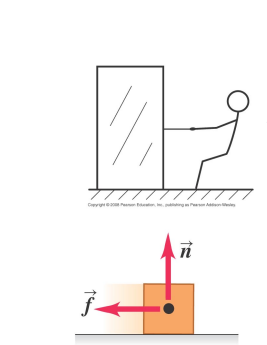Lecture 19 - Potential Energy and Conservation of Mechanical Energy
1/19
There's no tags or description
Looks like no tags are added yet.
Name | Mastery | Learn | Test | Matching | Spaced |
|---|
No study sessions yet.
20 Terms
θ = 180° or negative mgy
What is Wgrav if the object is rising?
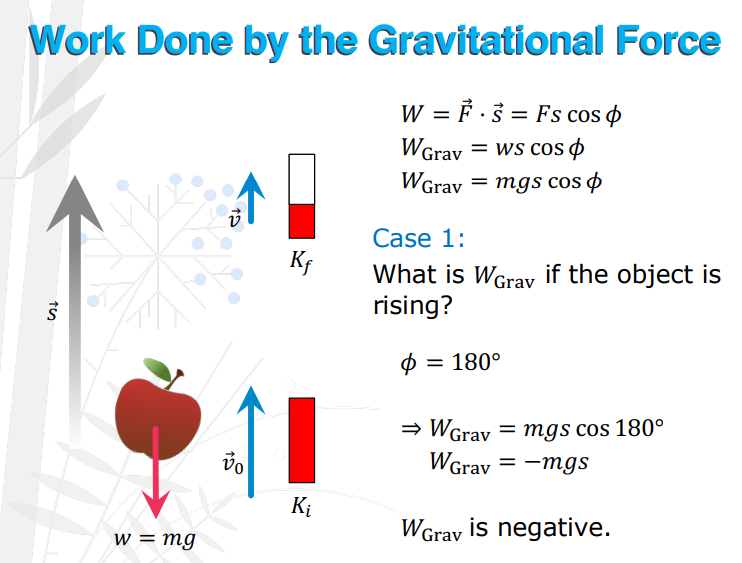
θ = 0° or positive mgy
What is Wgrav if the object is falling?
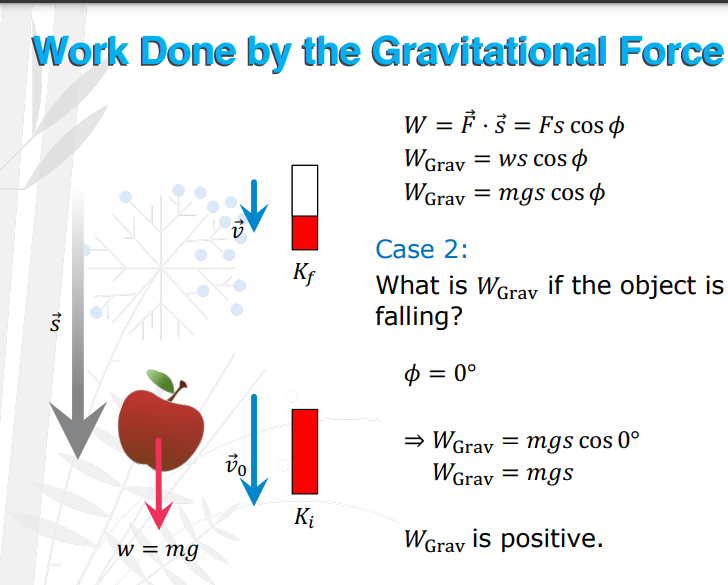
Wgrav = -mg(y2-y1)
Wgrav = Formula for y2 and y1 is ______
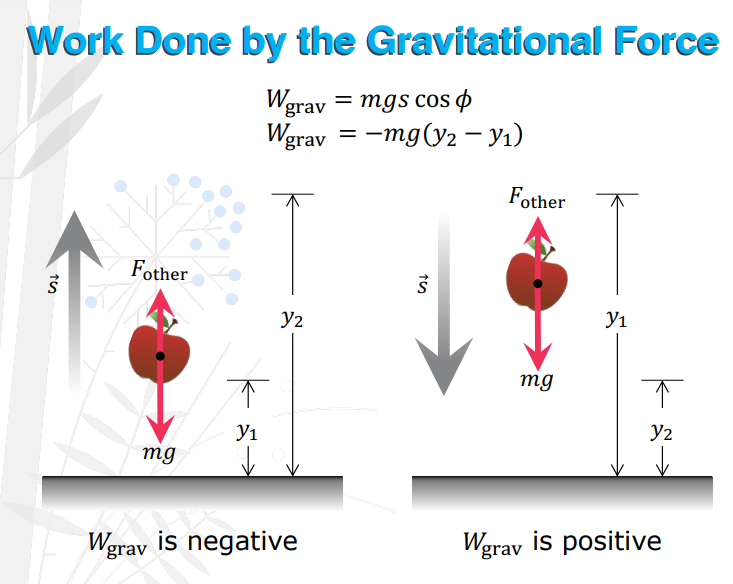
Wgrav = mgscosθ
height dependent
Placing an object at a higher position gives it a “potential” for gravity to do work on it. Gravitational potential energy (GPE) is _____________ where the upwards direction is taken to be positive (+).
Wgrav = −ΔUgrav
Gravitational potential energy is related to the work done.

K2 + Ugrav2 = K1 + Ugrav1
Gravitational potential energy is related to the work done. We can relate the work-kinetic energy theorem. K2-K1 = Ugrav1- Ugrav2
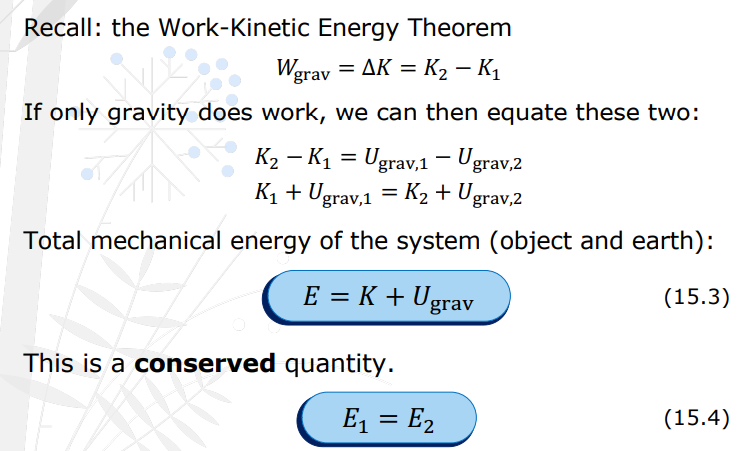
E = K + Ugrav
Total mechanical energy of the system (object and earth) is given by the formula _________ which is also a conserved quantity when ONLY gravity does the work.

Conserved Force
When only the force of gravity does work, the total mechanical energy is constant—that is, it is a ____________.
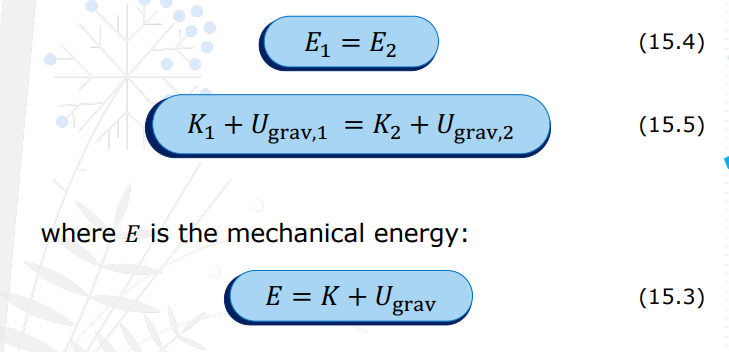
First, gravity is the only force acting on the ball, use the conservation of energy. Derive the equation for y2 where origin is 0, and final velocity is 0. Even if there was an initial height, simply get the height difference.
Steps in solving this problem.
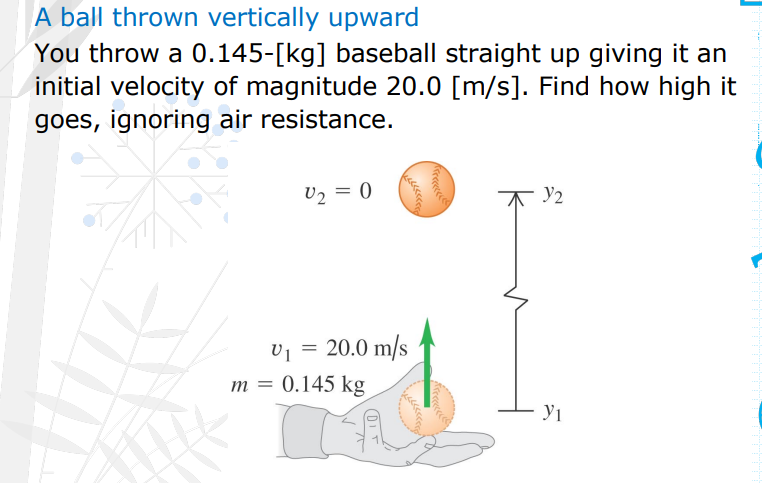
ΔUgrav = ΔUgrav
Gravitational Potential Energy: Curved Path, the work is unaffected by horizontal motion that may occur as ____________.
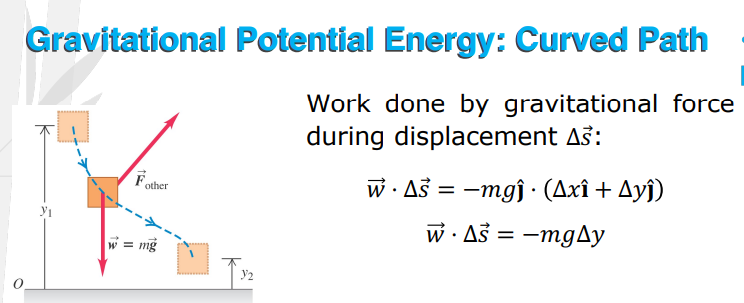
At a set height h, the E = K + Ugrav remains the same.
Projectile Motion For the same initial speed and initial height, the speed of a projectile at a given elevation h is always the same, neglecting air resistance.
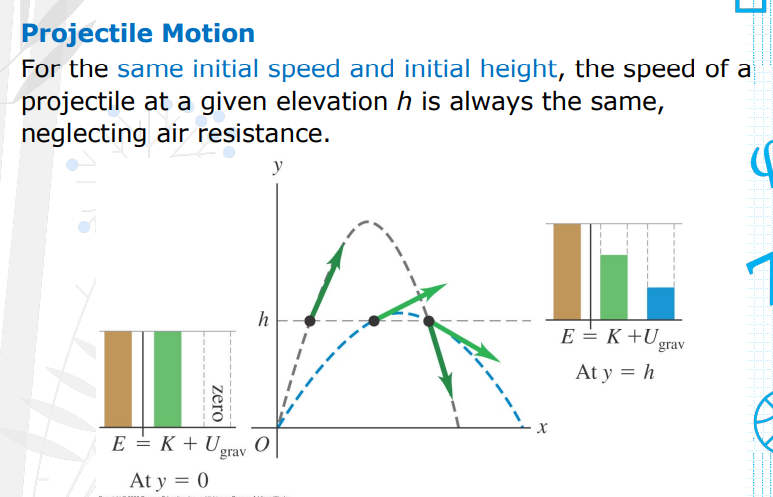
Use Conservation of Mechanical Energy, the only given that will matter is V1, Y1, and Y2.
Standing near the edge of the roof of a 12[m] building, you kick a ball with an initial speed of vi = 16 [m/s] at an angle of θ = 60°. above the horizontal. Neglecting effects due to air resistance, find its speed just before it hits the ground.
![<p>Standing near the edge of the roof of a 12[m] building, you kick a ball with an initial speed of vi = 16 [m/s] at an angle of θ = 60°. above the horizontal. Neglecting effects due to air resistance, find its speed just before it hits the ground.</p>](https://knowt-user-attachments.s3.amazonaws.com/332545a8-330a-4bbf-8822-86e37f1b130c.png)
Conservative Forces
These forces point toward the direction of lower potential energy.
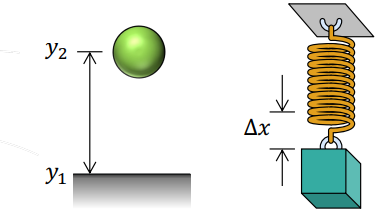
Conservative Forces
The work done is reversible.

Conservative Forces
The work done just depends on the final and initial values of the potential energy. (State Function)
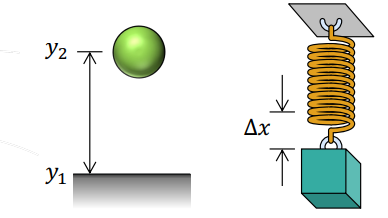
Conservative Forces
The work done is path independent.
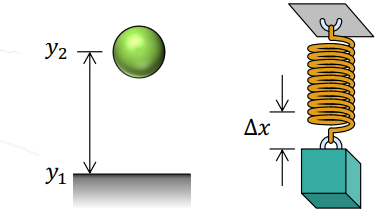
Non-conservative Forces
Total mechanical energy is not conserved.
Non-conservative Forces
Work done by non conservative force changes the total mechanical energy.
Non-conservative Forces
Frictional force Ø
Force due to the engine
Force that we applied, etc.
